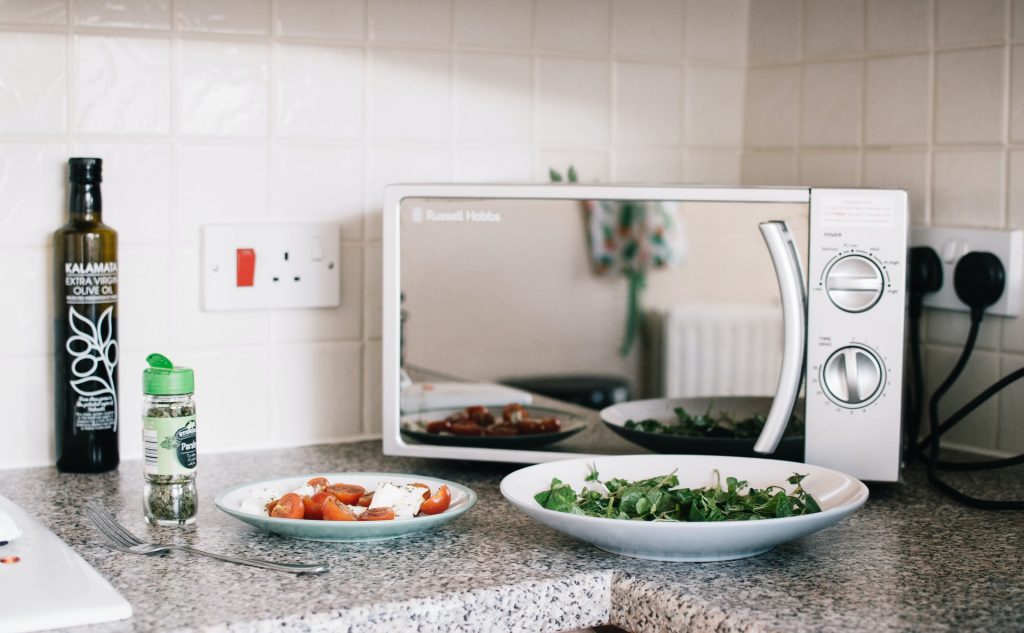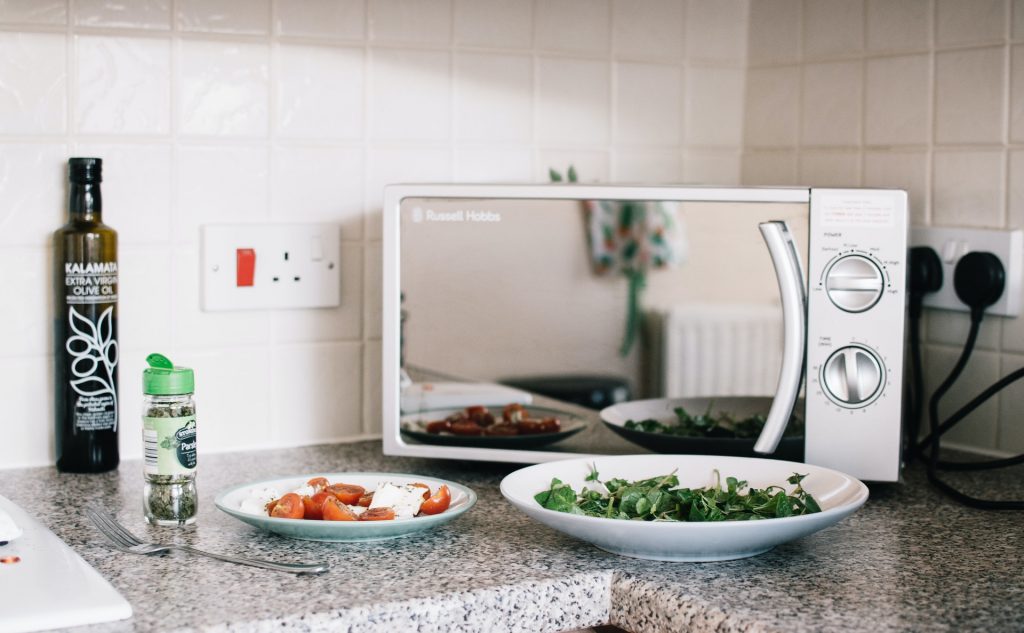Microwaves are often the unsung heroes of the kitchen, a reliable appliance that’s there to quickly get you a warm plate of food or make bigger tasks faster and easier to handle. It’s one of the most used appliances of all homes, especially useful for giving independence to each member, as you can heat or prepare your own meals in reduced time and using less space.
Because of its usefulness, it has become one of the most demanded appliances and one that should not be missing from your kitchen. So, what should you consider when getting a new microwave.
- Space: depending on the amount of space your kitchen has you can narrow the model of microwave you will get, they come in many adaptable sizes o that should not be much of a problem. For the sake of this list, we’ll be raking the standard 24-inch microwave model, that will fit in most traditional sized kitchens.
- Power: this will determine how much your microwave can do interim of helping you cool, we mean actually cooking beyond heating up leftovers. This will have more to do with preferences and the power outage available in your home.
- Style: there are all types of microwaves, from the classic appliance look in white, black, or silver to the more high-end models that can rival any other appliance. Make sure it matches or mixes well with the rest of your appliance and kitchen decor.
- Features: a big one to consider. What will your microwave do? A lot or just enough. Modern microwave models can heat up, defrost, roast, and cook pretty darn well so you may be getting more than you think. Remember more features usually mean a higher price tag so keep that in mind.
- Price: simple enough more capacity, features, stylish finished, and fancy brands will mean a pricier microwave. Don’t forget you will still get a lot from a more “normal” microwave.
Now let’s get to the list of the best microwaves of 2021
The Viking model VMOS501SS
This American brand is known for its durability and high quality, with most appliances lasting well over the double digits in years. With this model microwave, you will also be getting over 13 sensor settings, plus a feature that can help you calculate cooking time and power settings. It has child locking safety, keeps your food warm for at least 30 minutes, and has an easy add minute feature for extra cooking time.
The Miele model M6260TC
Super-sleek design and great opening which allows for various sices of cookware. As with other Miele appliances you can expect durability and great features, like the Clean Touch Steel™ for easy cleaning and a LED light to put a spotlight on your food. This microwave comes with a ton of extra safety features to protect from misuse and accidents. It has excellent heat distribution and a 15-minute warm function for keeping plates at serving temperature.
The GE Model PEM31DFWW
The most classic of the models on the list it still has an impressive 10 power level and sensor cooking setting. You can also enjoy an add 30 seconds feature with just a button. A timer to program turns off and on. All of that on top of 800 Watts of cooking potency, for faster meals. It also comes with a safety feature to prevent accidental use.







